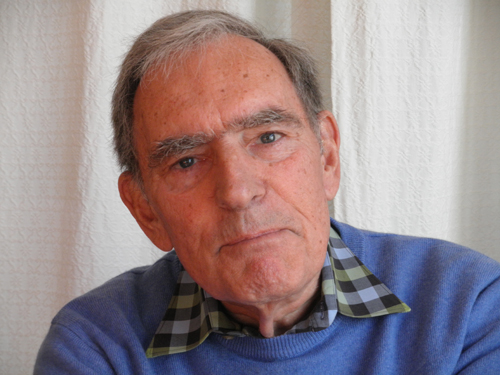Welcome
In honour of Adam Dziewonski's upcoming retirement as well as his 75th birthday the Harvard Seismology Group is celebrating this momentous event with a two day conference. This conference commemorates his lifelong dedication to the sciences, and in particular to geophysics.Significant progress has been made in the field of seismology in recent years through new theory, techniques, and availability of high-quality data. For example, finite-frequency sensitivity kernels and application of exploration methods have produced refined view of the Earth's deep interior. Computational techniques such as SPECFEM are allowing calculation of seismograms with realistic structure, and are starting to enable seismic tomography using the entire seismogram. Deployments of densely-spaced seismometers in large-scale projects such as the USArray have provided data that promoted new developments such as noise tomography and back-projection study of earthquake processes. New phenomena have also been discovered. Sources of seismic energy now include glacial events and non-volcanic tremors, and the Earth's interior continues to reveal complexities such as sharp lateral changes within the mantle and the existence of innermost inner core. These advances in seismology complements progress in other fields of Earth Sciences, and new results from different disciplines are beginning to close the gap between fields.

The aim of the symposium is to brings together seismologists and scientists from other fields to examine how results can be combined to address crucial questions in Earth Science. Professor Adam M. Dziewonski's research has been fundamental in many of the issues discussed at the symposium, making it appropriate to dedicate the meeting in honor and recognition of his recent retirement and 75th birth year.
This conference has been organized by: Richard V. Sailor (BBN Technologies); Goran Ekstrom (Lamont-Doherty Earth Observatory, Columbia University); Miaki Ishii (Harvard University) and is sponsored by the Department of Earth & Planetary Sciences at Harvard University, National Science Foundation, Joseph M. Steim & Quanterra, Inc., T. George Chou & Chevron, and Richard V. Sailor & Raytheon BBN Technologies.